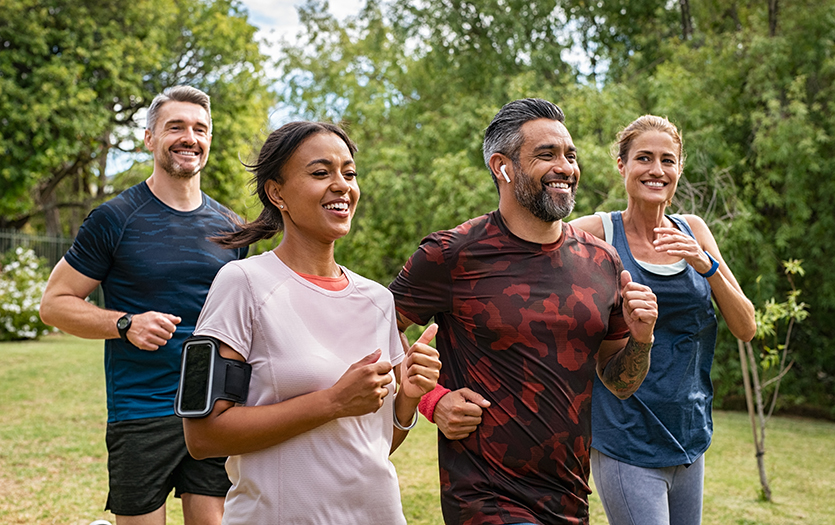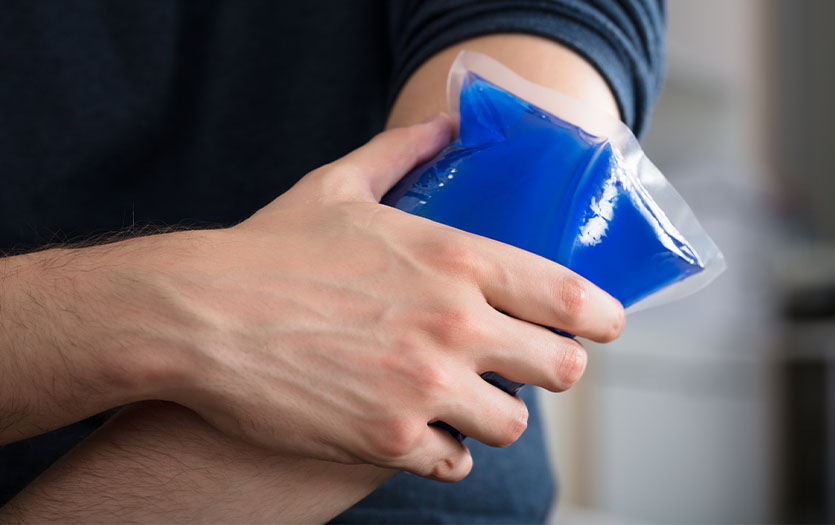
This post was written by Hannah Sanders, ATC, certified athletic trainer, Parkview Sports Medicine.
Our skin is an incredibly sensitive organ, and it’s common for it to become irritated with too much contact. Chafing is an example of this and is caused by friction between skin or skin against clothing material. With a little forethought and planning, active individuals can prevent this uncomfortable condition.
Signs of symptoms
Chafing often presents as an area of the skin that has:
- Redness
- Itchiness
- Raised bumps (like razor burn)
- Flaky, dry skin
- Burning or warmth
- Minor bleeding
- Blisters
The most common areas people experience chafing are:
- Inner thighs
- Armpits
- Nipples
- Feet
How to prevent chafing
There are really three key points to remember for preventing chafing, and those are proper attire, hygiene and decreasing friction.
- Shower regularly and apply deodorant daily.
- Wear clothes that help prevent friction, such as longer shorts, socks that prevent your shoes from contacting your skin, sports bras, shirts with sleeves, etc. Pay attention to the weather and exercise environment so you can plan accordingly.
- Keep petroleum jelly or an anti-chafe stick handy to apply as needed to problem areas. This will create “slippage” and prevent friction.
How to treat chafing
If you notice a spot on your skin that’s chafing, don’t panic. The same rules for prevention apply to treating your skin. Giving it the space and room to heal is important.
- Maintain good hygiene by washing the area gently with soap and water. Keep an eye out for any changes, worsening symptoms or signs of infection.
- Do not apply anything to the area other than petroleum jelly, baby powder or aloe vera.
- Avoid or modify exercises that cause chafing until the area is healed.
- Keep clothing clean and dry.
You can see more content from Parkview Sports Medicine athletic trainers and learn about our program by visiting us here.


